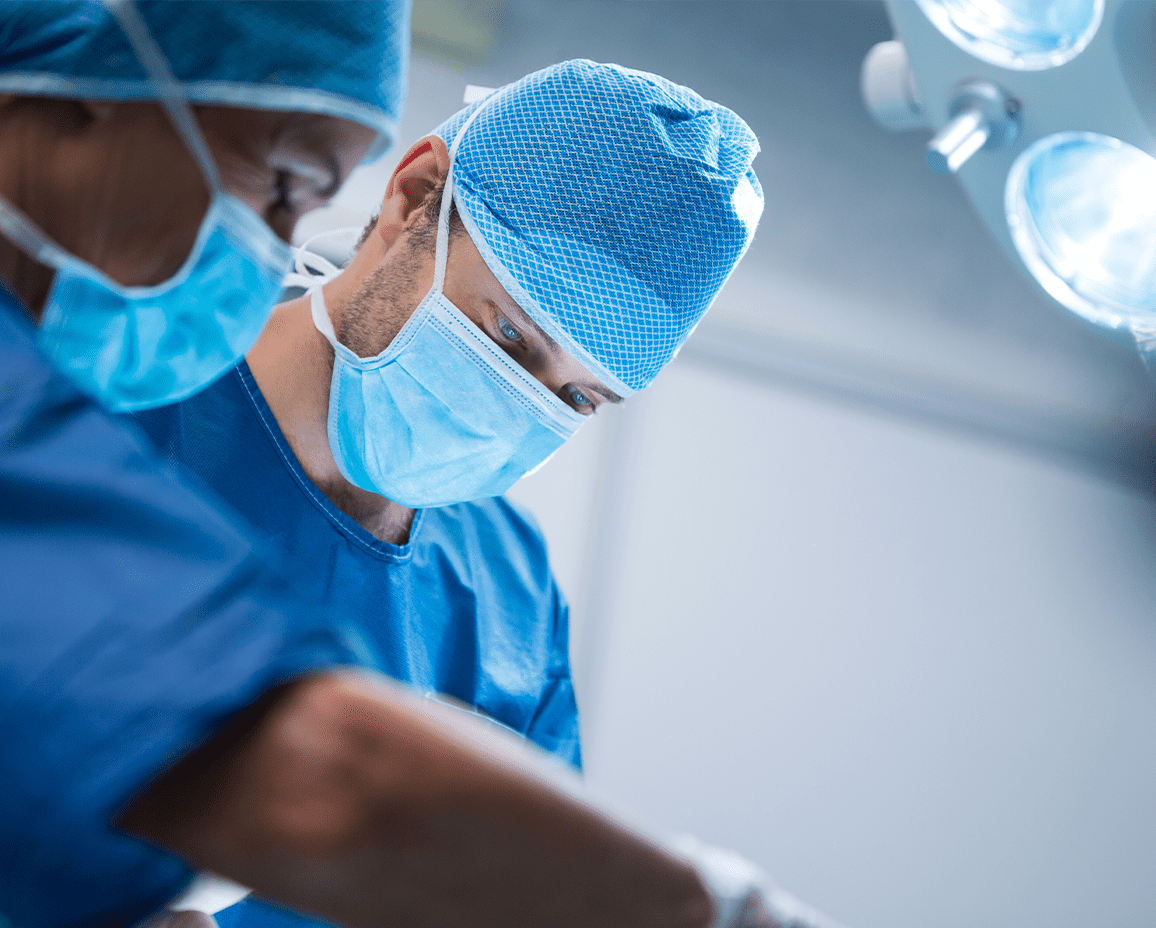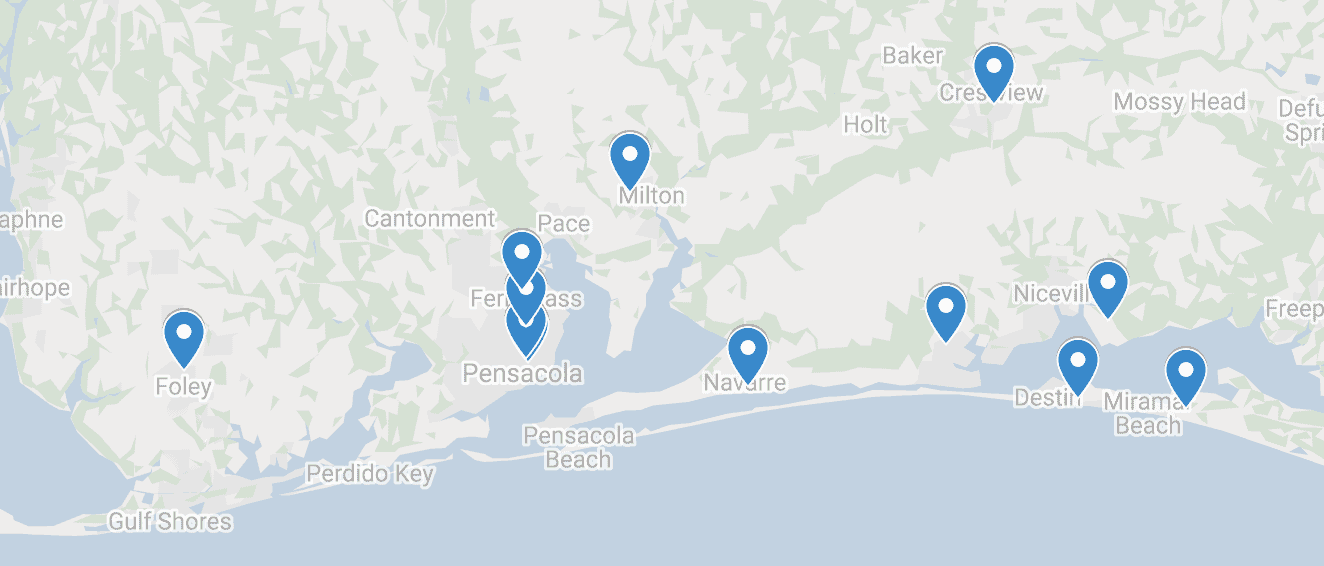Our Services
We evaluate every patient with all treatment options in mind, thanks to our combination of two specialties: vascular surgery and interventional radiology.
With this wide range of expertise, you can trust that your care is in good hands.
Conditions We Treat
Many vascular concerns can be treated with minimally invasive procedures. Using catheter-based techniques, we are able to offer treatments for the following conditions.
Minimally Invasive Procedures
Using a combination of minimally invasive techniques, our expert doctors in vascular surgery and interventional radiology create comprehensive and advanced solutions for a wide variety of conditions. Below is a list of common vascular concerns and the minimally invasive procedures we can use to address them.
Arterial and Venous Blockages
- Stent
- Angioplasty
- Atherectomy
Aneurysms and Dissections
- Endograft placement
Acute DVT
- Thrombolysis
- Thrombectomy
Fibroids
- Embolization
Compression Fractures
- Kyphoplasty
- Vertebroplasty
Cancer Treatment
- Radiofrequency ablation
- Embolization
Varicoceles and Pelvic Congestion
- Embolization
Dialysis or Infection Treatment
- Venous port
- Tunneled catheter placement
- Catheter-based therapy for access maintenance
Varicose Veins and Spider Veins
- Laser
- Radiofrequency ablation
- Sclerotherapy

Surgical Procedures
Some vascular problems are more complex than others. For the times when a minimally invasive approach will not be sufficient to treat a patient’s condition, our vascular surgeons are trained in advanced surgical techniques to provide the most effective treatment available. Surgeries performed often at our facilities include the following:
Peripheral Arterial Disease
A condition in which the arteries that carry blood to the legs and feet become blocked from the build up of plaque.
Abdominal Aortic Aneurysm
A weak area in the aorta, the main blood vessel that carries blood from the heart to the rest of the body.



